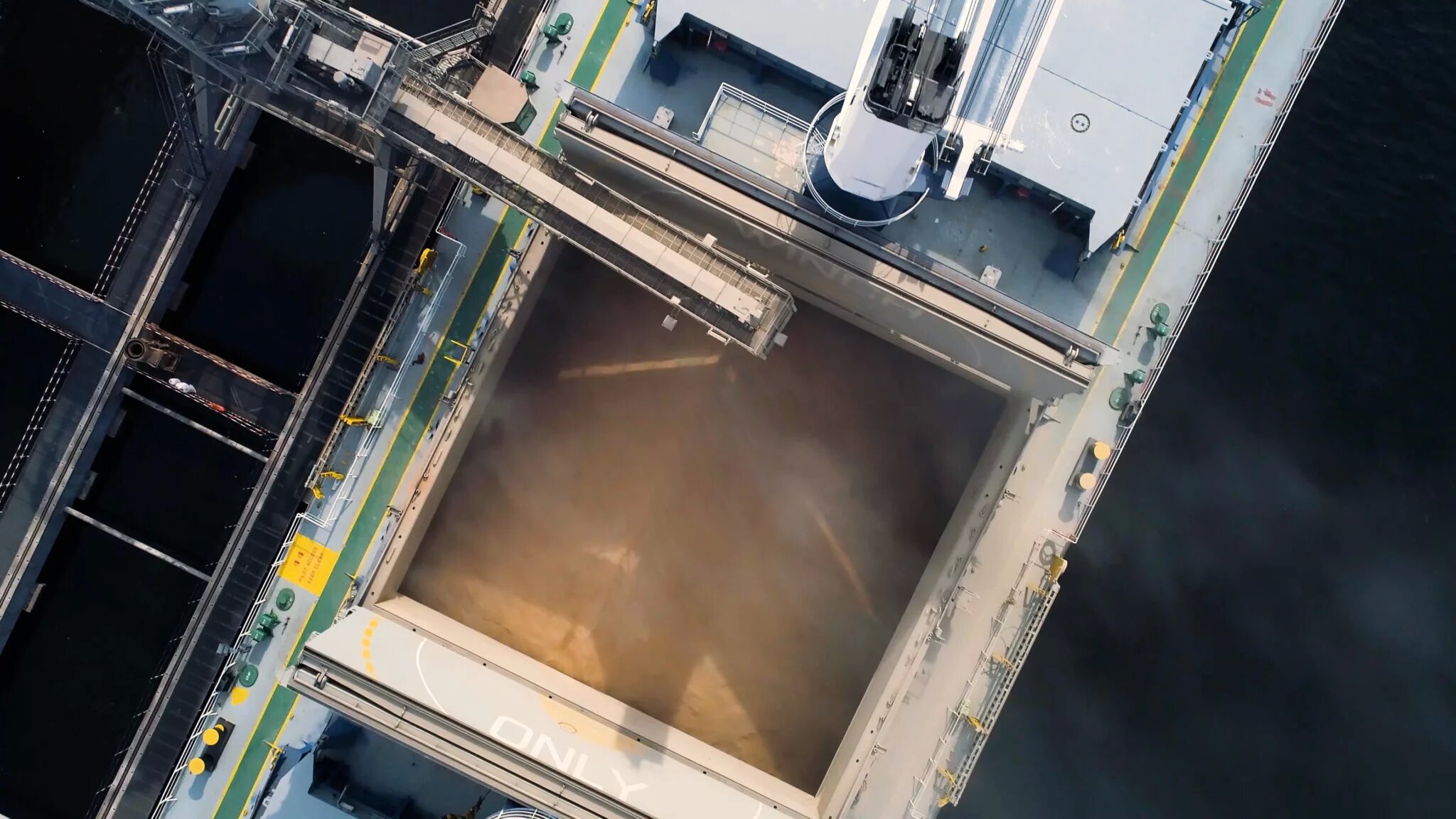Following recent reports that energy efficiency technologies are underperforming by up to 40%, provider of maritime digital solutions Oceanly has reported a 60% success rate from the Ecopac energy optimisation system.
Frederick Lerche-Tornoe, CEO Oceanly, said: “As the industry moves towards decarbonisation, precise and accurate data-driven proof of performance is essential.”
As shipping companies work to decarbonise under tightening regulations, both DNV and ABS classification societies have reported that energy efficiency technologies in the maritime industry often fall short of initial performance projections, typically underperforming by 20-40%. This discrepancy highlights a challenge in accurately predicting and achieving the expected efficiency gains from these technologies. The maritime industry is under increasing pressure to ensure compliance against new regulations, including the EU ETS and the IMO CII.
Latest findings from Oceanly, which analysed outcomes from the Ecopac energy optimisation system, reveal that in more than 60% of recent cases, its predictive figures aligned closely to real-world implementation. The purpose was to demonstrate how predictive modelling and real-time monitoring can deliver the transparency increasingly required by regulators and charterers.
Launched earlier in 2025, Ecopac optimises the speed of seawater pumps and engine room ventilation fans using intelligent variable frequency drives (VFDs). Unlike conventional systems that operate at constant speeds regardless of cooling demand, Ecopac dynamically adjusts performance based on each vessel’s operating conditions. This approach is said to deliver substantial fuel savings that can be accurately forecast in advance.
Allan Nielsen, CEO Danavis Engineering, Ecopac developer, said: “Seawater pumps, fresh water pumps and engine room ventilation systems are among the most overlooked consumers of energy onboard. Our approach is grounded in evidence. For example, when vessels operate in colder waters—below 20–22°C—savings can exceed 60% as pumps can run at significantly reduced speeds.”
Before each installation, the Ecopac team conducts a comprehensive assessment of a vessel’s operational profile. Owners provide detailed records of trading areas, daily sea temperatures, time at sea, and port stays—data that is critical to modelling energy-saving potential accurately. Where temperature records are unavailable, historic global datasets are used to establish a reliable baseline.
In a recent installation on a vessel operating in average seawater temperatures of 22°C, ECOPAC projected annual fuel savings of approximately US$ 89,000 looking only at the Sea Water pumps on board based on prevailing fuel prices alone. Additional compliance-related savings, such as avoiding EU emissions penalties, would further increase the financial benefits.
A key differentiator is Ecopac’s ability to validate results in real time. Once installed, onboard control units continuously record pump and fan performance, frequency, runtime, and energy consumption. Through Oceanly’s cloud-based performance monitoring platform, Oceanly Performance, this data is transmitted seamlessly and transformed into intuitive dashboards and reports accessible to shipowners and operators anywhere in the world.
Lerche-Tornoe concluded: “By using Oceanly’s performance technology together with Ecopac, owners can finally move beyond vague ‘up to’ claims and into a world where savings are predicted, measured, verified, and fully auditable. As the industry accelerates toward decarbonisation, data-driven proof of performance isn’t optional—it’s essential. We’re helping owners move beyond estimates to verifiable outcomes.”
Frederik Lerche-Tornoe, CEO Oceanly (source: Oceanly)





